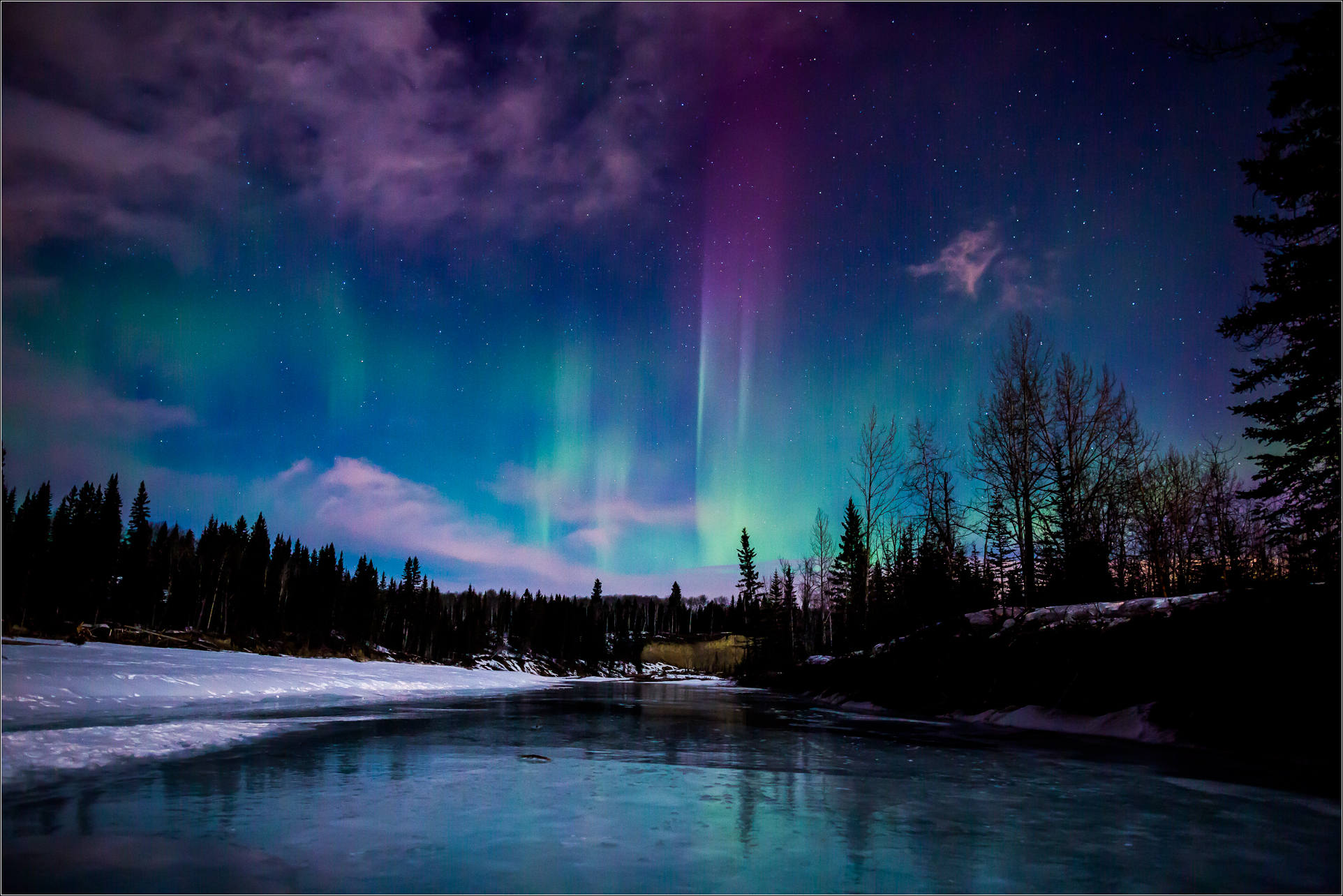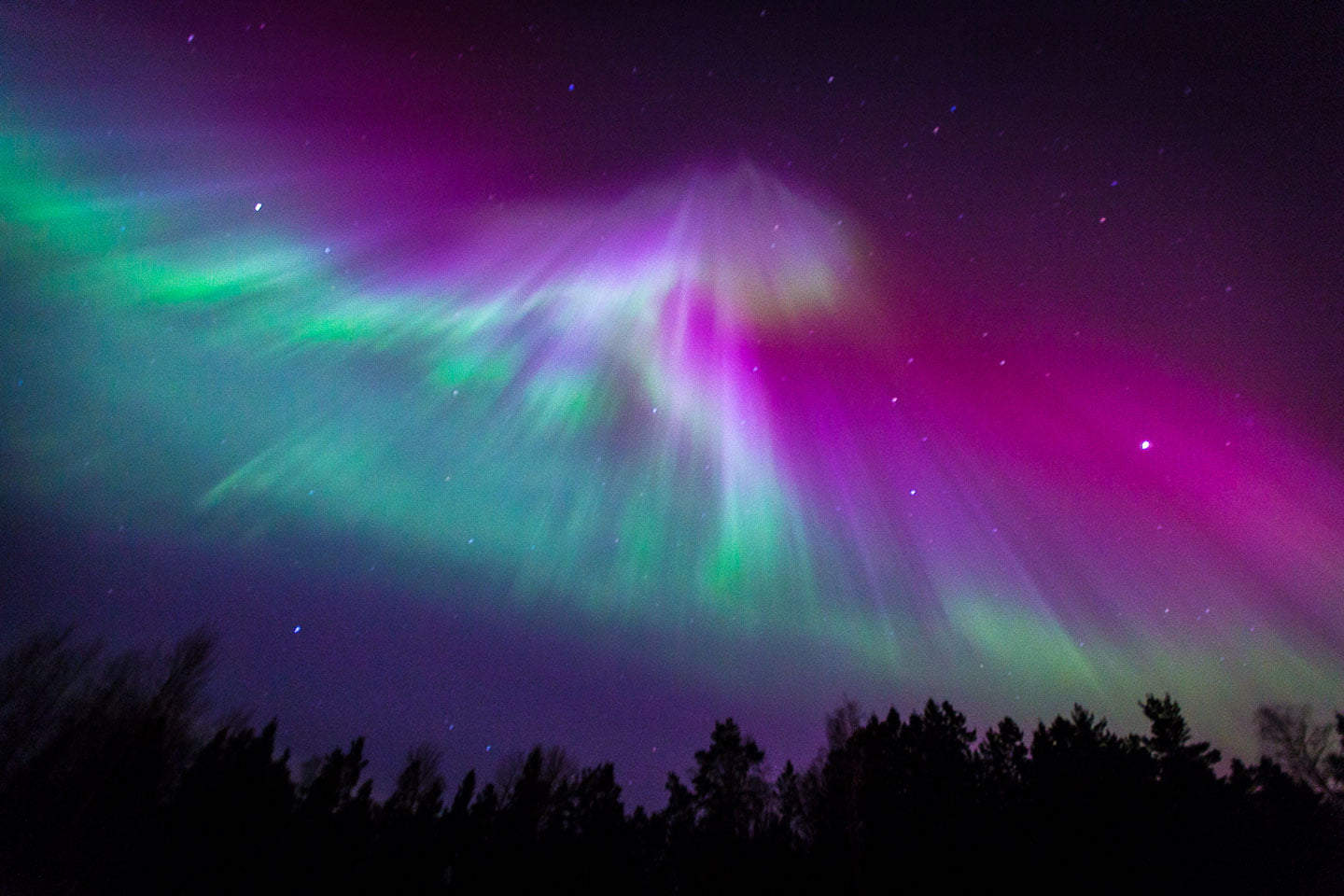


In the explosive event that a coronal mass ejection (CME) is reported it's time to hop into action because this super-charged solar wind is traveling fast (maybe 3-to-5 million miles per hour). Listed below are some websites of organizations that monitor the sun, measure the solar wind in real-time (now), and make aurora predictions. I've seen the northern lights as early as 8pm and as late as 8am. The peak hours are between 11pm and 2am, however, anytime it’s dark there is hope. Mythbuster: Contrary to popular belief, it does not have to be cold to see the aurora, just dark and clear.and clear skies usually mean it’s cold, hence the association between auroras and chilly nights. The winter months of October-thru-February are also good (there is definitely no shortage of darkness!). Where can I see the Northern Lights The Aurora Borealis is most commonly seen in the polar regions, within a radius of 2,500 km around the magnetic poles. Statistically, the equinox months of September and March are best for aurora activity. Auroras can still be spotted south of about 50° latitude during the summer. During the summer months of May, June and July it is just too bright to see them in the far northland. These are the nights with darkness in them. Best Months?Īurora Borealis season in northern polar latitudes (Alaska, northern Canada, Greenland, Iceland, Norway, Sweden, Finland and Siberia) runs from August-thru-April. The next few “peak phase” years should all be good. Thanks to our northern location and vast. This is good news for aurora hunters because the solar-released energy is the generating force of the aurora. You dont have to travel to the Arctic Circle to see the Northern Lights, also known as the aurora borealis. The sun is in the midst of flipping its magnetic field right now! This magnetic reversal causes the sun to eject a lot of charged particles into the solar wind. The story about the Aurora Borealis involves both the science and the myths behind what causes this extraordinary natural phenomenon that appears as light. It is closely related to the ground induce currents that impact electric power transition. The aurora directly impacts HF radio communication and GPS/GNSS satellite navigation. The peak was originally predicted for 2025, but with all the sunspot activity and new modeling techniques, it is now predicted for 2024. The aurora is an indicator of the current geomagnetic storm conditions and provides situational awareness for a number of technologies. SILSO data/image, Royal Observatory of Belgium, Brusselsįor 400 years, from the time of Galileo until now, we have been keeping track of the number of these sunspots and, as the trends show in these two graphs, this cycle is predictable.Ī: The sun is ramping up to Solar Maximum faster than anyone expected.


 0 kommentar(er)
0 kommentar(er)
